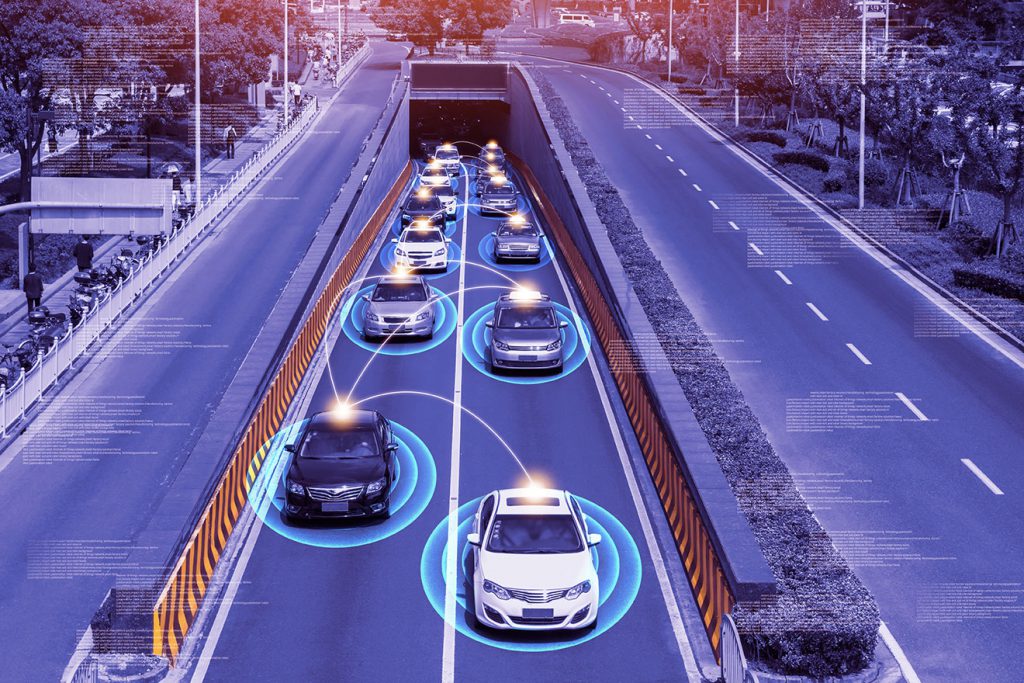
By Horacio de la Fuente, Editor at www.sharedmobility.news
On October 13, 2018, researchers Gilbert Laporte, Frédéric Meunier and Roberto Wolfer Calvo, published an article online (by Springer Nature) regarding shared mobility systems.
The article provides an update review on methodological tools to solve most planning problems raised by shared mobility systems. Here there are some of the key issues.
Transportation habits have been significantly modified in the last ten years since the introduction of shared mobility systems. These emerged as a partial response to the need of resorting to green means of transportation and to the desire of being more flexible in the choice of journeys, both from a spatial and a temporal point of view.
On the one hand, Shared Mobility systems have taken advantage of the interest of riders for shared experiences. On the other hand, their success has been possible as a result of the recent advances in information and communications technology.
1 Introduction
The world of transportation has witnessed a mini-revolution in June 2007 with the launching of the Vélib’ bicycle sharing system in Paris. Initially 20,000 bicycles were deployed on over 1200 free-access stations. In the first year 200,000 users were registered, and 26 million bicycles were rented. Since then, the phenomenon has known a considerable growth.
Bicycle sharing really has taken off with the advent of communication and information technologies which allow for automatic billing and monitoring. In June 2014, there were over 712 bicycle sharing systems in the world, involving over 800,000 bicycles.
At the same time, a number of Car Sharing systems have also been implemented. Again, the first one (Autolib’) was set up in Paris in 2007. Navigant Consulting predicts that the number of Car Sharing members will grow over 12 million worldwide by 2020 and will generate over US $ 6 billion in revenue. According to other researchers the growth and expansion of Car Sharing systems will be fueled by high energy costs, limited and expensive parking, improved technologies and increased demand for personal vehicle access in developing countries.
Car and Bicycle Sharing systems have given rise to a fast-growing industry operating according to new specific business models, which people are just now beginning to understand. The central operational problem faced by Shared Mobility systems operators is to maintain an adequate number of vehicles in each station. Indeed, too many vehicles can impede their return, whereas too few can result into lost demand. The Shared Vehicles can be bicycles or cars.
2 Station location
The bicycle’s availability is a key factor in the success of a shared bicycle system. But it is also crucial that users should be able to find stations within walking distance of their starting point and destination. Budget and space availability constrain the number of stations and their locations and test the design of a system that has good performance.
3 Fleet dimensioning
Given the locations of the stations, how many bicycles should be deployed in order to capture the demand and thus ensure the system’s viability? Given the travel patterns, how should the bicycles be distributed? What should be the size of the stations?
The authors stressed the importance of deploying the right number of bicycles in the right locations because this affects their utilization rate and the way in which these circulate within the system.
4 Station inventory
The station inventory refers to determining the ideal number of vehicles to be located at each station. Companies are always looking for the best algorithm to relocate the vehicles at a minimum cost, while satisfying the demand. An interesting feature of this approach is that the satisfaction of the demand is modeled via probabilistic constraints. The relocation process is roughly taken into account and assumed to occur before the system is opened.
5 Rebalancing incentives
The need to rebalance stations by redistributing vehicles over time is essential for the success of a shared mobility system. Incentives can be used to encourage users to pick up vehicles at stations that have a large supply and to return them to low-inventory stations.
6 Vehicle repositioning
Vehicle repositioning can be static or dynamic. In the first case it usually takes place during the night while in the second case it happens during the day. Most research on vehicle repositioning concerns the static case, partly because it is easier to shape and also because the impact of repositioning is more important during the night.
7 Conclusion
The researchers highlight that there is already a wide range of methodological tools to solve most of the planning problems raised by shared mobility systems. However, research questions remain open. In particular, the article express that some interesting combinatorial questions remain to be investigated.
For example, determining the optimal inventory level at each station is an important aspect of the rebalancing problem that has not yet received much attention and should ideally be studied within a theoretical framework.